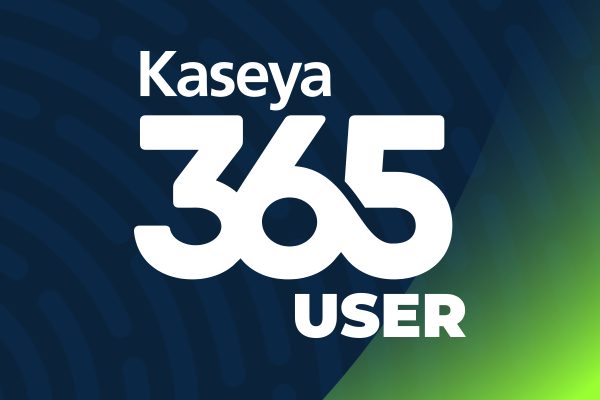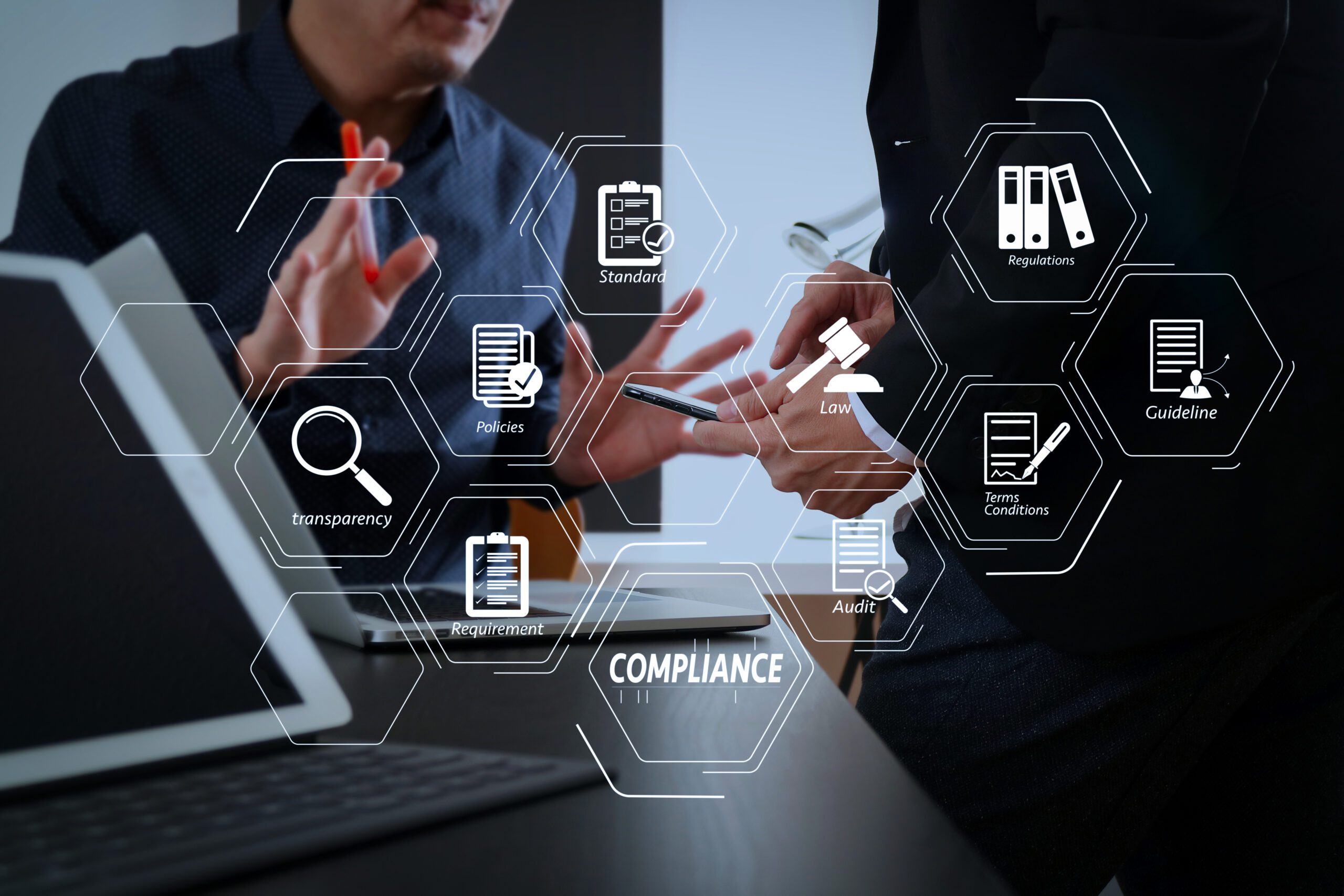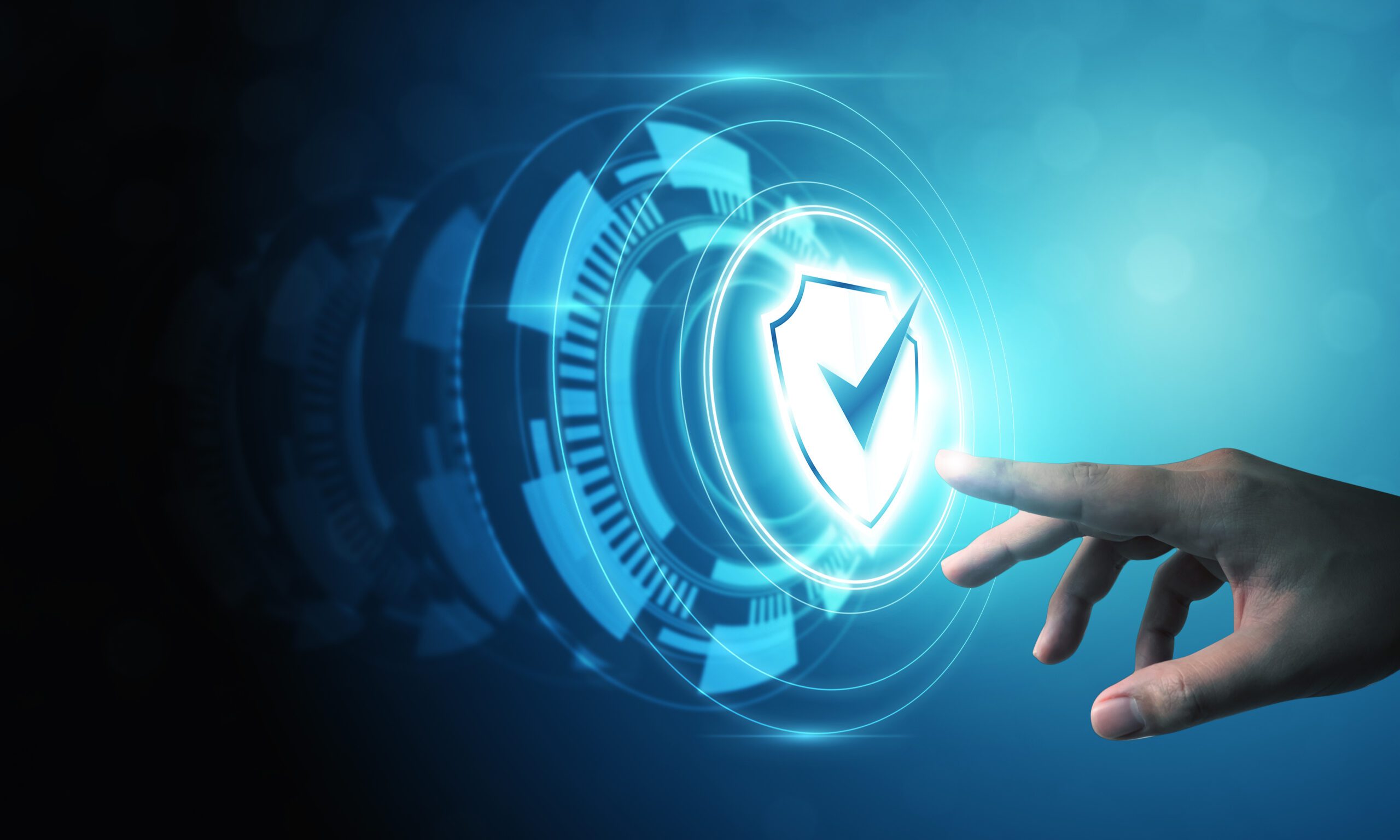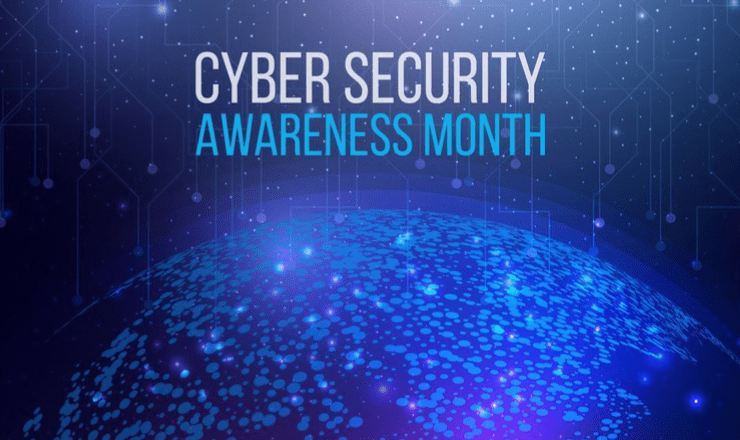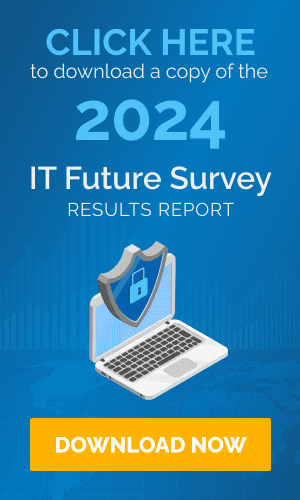Multifactor authentication (MFA) is an identity verification and cybersecurity essential where users confirm their identities using more than one method. This is a simple yet effective way for IT professionals to add an extra layer of security to the environment while making it doubly hard for cybercriminals to break in.
Implementing MFA not only shows up as a high priority on cybersecurity best practices but is also a mandatory requirement by several regulatory frameworks and industry standards, such as GDPR, HIPAA or PCI DSS, to keep sensitive data safe.
Read on to get a comprehensive understanding of the features and benefits of MFA.
What is multifactor authentication (MFA)?
In the field of cybersecurity, MFA adds an extra layer of protection by requiring users to provide multiple forms of identification before accessing sensitive data or systems. It’s a robust security measure that enhances access controls beyond traditional username and password combinations.
Typically, this involves a combination of factors such as passwords, biometrics (like fingerprints or facial recognition), smart cards or one-time codes sent to mobile devices. By requiring multiple elements for authentication, MFA significantly reduces the risk of unauthorized access, protecting businesses from password-related vulnerabilities.
This added security layer is crucial in the modern digital landscape, where cyberthreats are increasingly sophisticated. Implementing MFA not only safeguards confidential information but also aligns with regulatory compliance standards, making it an essential practice for businesses aiming to fortify their cybersecurity posture.
How does multifactor authentication work?
MFA operates on the principle of requiring users to provide multiple forms of identification to access secure systems or sensitive data. The basic mechanics involve combining at least two of the following factors:
- Something the user knows (like a password)
- Something the user has (like a mobile device or smart card) and
- Something the user is (biometric data such as fingerprints or facial recognition)
Users typically enter a password as the first factor. This is something they know, serving as the foundational layer of authentication. The second factor introduces an additional element, such as a temporary code sent to a mobile device. This secondary authentication factor acts as a crucial barrier against unauthorized access, even if the user’s password has been compromised.
Additionally, MFA may utilize factors like smart cards or hardware tokens. Smart cards store encrypted authentication data, requiring physical possession, while hardware tokens generate time-sensitive codes for authentication.
From a business perspective, implementing MFA is essential for safeguarding confidential information, mitigating the risk of data breaches and maintaining trust with customers and stakeholders. Additionally, MFA can help businesses adhere to industry-specific security requirements and demonstrate a commitment to cybersecurity best practices.
Multifactor authentication methods
MFA requires users to provide multiple forms of identification to enhance security. This multilayered approach significantly strengthens access controls, reducing the risk of unauthorized access in digital systems. Let’s look at four commonly used factors:
Knowledge
Knowledge factors involve something the user knows, typically a password or a personal identification number (PIN). Users authenticate themselves by demonstrating knowledge of these confidential details.
Possession
Possession factors require users to have a physical item, such as a smart card, hardware token or a mobile device. Authentication often involves a one-time code sent to the user’s possession or the use of a physical token to prove ownership.
Inherence
Inherence factors leverage unique biological or behavioral traits of the user, such as fingerprints, facial recognition or voice patterns. These inherent characteristics provide a personalized and secure means of authentication.
Location
Location factors consider the geographical location of the user during authentication. This method uses the user’s IP address or other geolocation data to verify if the login attempt aligns with the user’s typical or expected locations.
By combining these factors, MFA creates a robust authentication process, significantly reducing the risk of unauthorized access and enhancing overall cybersecurity for businesses and individuals alike.
What is adaptive multifactor authentication?
Adaptive multifactor authentication (AMFA) is an advanced iteration of MFA tailored for dynamic cybersecurity landscapes. Unlike static MFA, AMFA adjusts security measures based on user behavior, context and risk factors. It continuously assesses variables like device type, location and login patterns, dynamically adapting authentication requirements.
For instance, if a user attempts to log in from an unfamiliar location or device, AMFA might prompt for additional verification. This proactive approach enhances security without causing unnecessary friction for legitimate users.
AMFA is particularly valuable for businesses as it provides a flexible and responsive authentication framework, offering heightened protection against emerging threats and ensuring a seamless yet secure user experience in the ever-evolving digital environment.
What is an example of multifactor authentication?
For MSPs, safeguarding their clients’ IT infrastructure is a top priority.
Consider a scenario of an MSP managing the IT infrastructure for a financial institution. In this scenario, the MSP implements MFA across critical access points to safeguard client data. When a technician or a user attempts to log into the financial system, they first enter their password. However, MFA adds an extra layer of security by asking the person to authenticate their identity through a mobile app, generating a unique and time-sensitive code.
Within the confines of a corporate environment, the internal IT team plays a pivotal role in ensuring the integrity and security of critical systems. Adopting MFA becomes a strategic imperative. For example, users logging into the company’s network need not only input a conventional password but also biometric verification through a fingerprint scan, which adds an extra layer of defense. This dual-factor authentication drastically reduces the risk of unauthorized access, bolstering the organization’s resilience against cyberthreats.
What is the difference between multifactor authentication and two-factor authentication?
Understanding the fundamental differences between MFA and two-factor authentication (2FA) is crucial for businesses aiming to fortify their digital defenses.
| MFA | 2FA | |
| Definition | MFA is an advanced security protocol that requires users to provide two or more authentication factors from distinct categories. | 2FA involves the use of two authentication factors from two different categories. |
| Factors | Involves a combination of something the user knows (password), possesses (smart card or mobile device) and is biometric data (like fingerprints). | Typically comprises something the user knows (password) and something they possess (mobile device generating a one-time code). |
| Flexibility | Offers a flexible approach, allowing businesses to implement a variety of authentication factors based on their specific security needs. | Widespread and easier to implement, often serving as an introductory step towards stronger authentication methods. |
| Security | Generally considered more secure than 2FA due to the additional layers of authentication, reducing the risk of unauthorized access. | While more secure than single-factor authentication, 2FA is considered less robust compared to MFA due to the limited number of authentication layers. |
The security effectiveness of MFA versus 2FA lies in the depth of authentication layers. MFA, with its additional factors, provides a more robust defense against cyberthreats, making it generally more secure than 2FA. However, the choice between them depends on factors such as the nature of the data being protected, regulatory requirements, and the specific security needs of the business. In essence, while both methods contribute to enhanced security, MFA stands out as the more comprehensive and adaptable approach in the ongoing battle against evolving cybersecurity challenges.
Why use multifactor authentication?
As a digital cybersecurity feature, MFA helps simplify verification and login complexities. It ensures easy access to critical systems while maintaining high-security standards.
Passwords alone are vulnerable to breaches, phishing or brute-force attacks. MFA addresses these weaknesses by requiring users to provide multiple identification factors, such as passwords, biometric or one-time codes. This multifaceted approach significantly reduces the likelihood of unauthorized entry, enhancing security for sensitive data and critical systems.
In an era of sophisticated cyberthreats, MFA is essential for safeguarding against account compromises, identity theft and data breaches. It also aligns with regulatory compliance standards, demonstrating a commitment to robust cybersecurity practices. By implementing MFA, businesses can fortify their defenses and confidently navigate the ever-evolving landscape of cyberthreats with necessary resilience.
How does multifactor authentication improve security?
MFA significantly toughens the barriers against malicious actors seeking unauthorized access. Here’s how MFA achieves this robust defense:
- Multiple verification layers: MFA requires users to present two or more identification factors, such as passwords, biometrics or tokens, adding complexity to the authentication process.
- Mitigating password vulnerabilities: Relying solely on passwords for security leaves systems vulnerable to breaches. MFA addresses this weakness by introducing additional factors, reducing the impact of stolen or compromised passwords.
- Dynamic authentication: MFA adapts to evolving threats by incorporating dynamic elements like one-time codes or biometric data. This variability makes it challenging for hackers to predict or replicate authentication methods.
- Phishing resistance: MFA introduces an additional challenge for phishing attempts, as even if attackers acquire login credentials, they lack the secondary factor required for access.
- Reducing credential stuffing risks: With MFA, even if hackers obtain a set of credentials from one source, they face additional hurdles in accessing other systems without the corresponding authentication factors.
- Enhanced compliance: MFA aligns with regulatory standards, ensuring businesses meet security compliance requirements, which is crucial in industries handling sensitive data.
- User awareness and education: MFA encourages a security-conscious culture. Users become more aware of cybersecurity best practices, reducing the likelihood of falling victim to social engineering or unauthorized access attempts.
In essence, MFA acts as a formidable deterrent, creating a multilayered fortress that not only fortifies against traditional threats but also evolves to counter emerging cyber-risks.
How effective is multifactor authentication?
MFA has proven time and time again to be highly effective in safeguarding against potential cyberthreats.
A report by the Microsoft Identity Security team revealed that MFA can block up to 99.9% of account compromise attacks. Similarly, the 2021 Verizon Data Breach Investigations Report highlighted that the vast majority of data breaches could have been prevented with the use of MFA.
These statistics underscore the tangible impact of MFA in thwarting unauthorized access attempts, reducing the risk of account compromises and fortifying digital perimeters.
Benefits of multifactor authentication
The benefits of implementing MFA extend far beyond mere access controls, contributing significantly to an organization’s overall security posture and resilience against evolving cyberthreats. Let’s delve into the specific advantages that MFA brings to organizations, fortifying their digital perimeters and safeguarding sensitive information.
- Enhanced security: MFA significantly strengthens security by requiring users to provide multiple forms of identification, reducing the risk of unauthorized access and data breaches.
- Mitigation of password vulnerabilities: MFA addresses the limitations of password-only authentication, adding an extra layer that mitigates the impact of compromised or weak passwords.
- Regulatory compliance: Many industries have stringent regulatory requirements for data protection. MFA helps organizations align with these standards, ensuring compliance and avoiding potential legal consequences.
- Phishing and social engineering defense: MFA acts as a formidable defense against phishing attacks, as even if attackers obtain login credentials, they lack the additional authentication factor, thwarting unauthorized access attempts.
- Cost savings: While initial implementation may incur costs, the potential savings from avoiding data breaches, regulatory penalties and reputational damage far outweigh the investment in MFA.
- User accountability: MFA enhances user accountability by tying access to multiple authentication factors, reducing the likelihood of internal security breaches.
- Flexibility and adaptability: MFA provides flexibility in choosing authentication methods, allowing organizations to adapt security measures based on their unique needs and evolving cyberthreats.
Boost security with multifactor authentication
By weaving MFA right into the heart of our products, we’re not just giving our security posture a serious boost but also empowering our clients to ramp up their cyber defenses like never before. Integrating MFA into our offerings underscores our ongoing efforts to fortify our defenses against increasingly sophisticated cyberthreats.
When our clients utilize any of the solutions from the Kaseya family, whether it’s VSA, BMS or any other solution from the IT Complete suite, they can do so with a sense of calm. Why? Because MFA isn’t just an option; it’s the standard.
Ready to take your cyber defenses to the next level? Dive into Kaseya’s solutions and see how we’re redefining IT, one product at a time.
